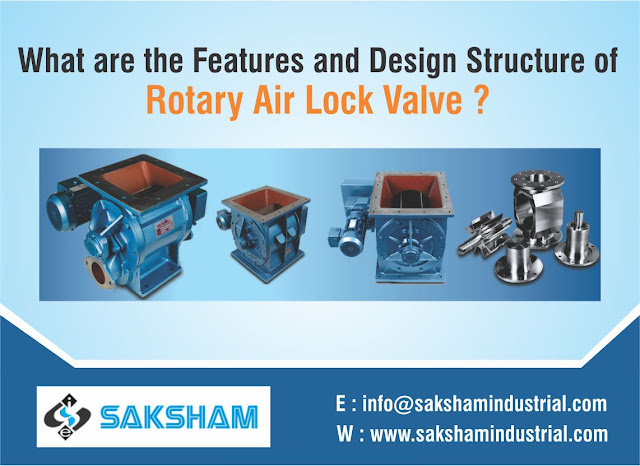How do you use a dust conditioner industrial business?
Dust Conditioner is used to mix powder, sand and other fragment materials with water. It is simple method for conditioning & scrapping of industrial dust with water in order to reduce outflow while transferring one to another. This Dust Conditioner is constructed by the many type of raw materials and progressive technology. There are two sprinkler nozzles which completely adjust the water consumption and the special design of mixer blade is to mix the powder sufficiently for the long time.
Features:
Simple and low maintenance.
Affordable purchasing and easy to install.
Low energy consumption.
Rotor shaft complete removable with modular.
Gravity Feed Diverter:
The Gravity Feed Diverter is designed to reroute dry materials in gravity flow conveying systems. The design allows for material flow through both valve simultaneously, one valve at a time, or a complete seal-off of flow. The body is fabricated from light weighted steel or stainless steel. The internal flap plates are also mild steel, with polyurethane rubber Wiper Sea. The Gravity Feed Diverter is also capable of metering flow through either outlet port. Operation is either by pneumatic air cylinder, electric linear actuator or rotary type actuators. These units are fabricated any size or divert angle can be manufactured .The unit are available as 2-ways flanges are round, square or rectangular.
Features:
Handles powders, granules and pellets.
Design allows for total material flow control.
Wear compensating hard polymer seal.
Positive seal of dust and fine powders.
Plug Diverter:
Plug type diverter valves are used in the pneumatic conveying industry to re-route powder, pellets or granules from one discharge end to another. Plug Diverters are explosive alternatives to the flap type conveying diverter. They have an internal plug that rotate 150° to reroute product from one to another. The components work with huge particles on applications that may get flap type diverter, causing leakage to the dead leg. A collection of materials in construction are Aluminum, Cast Iron and Stainless Steel. The standard range size 3” to 10” diameter.
Features:
Compact design.
Suitable for all types of conveying systems and most materials.
Minimal air leakage and cross contamination.
Small divert angle-30°.



Comments
Post a Comment